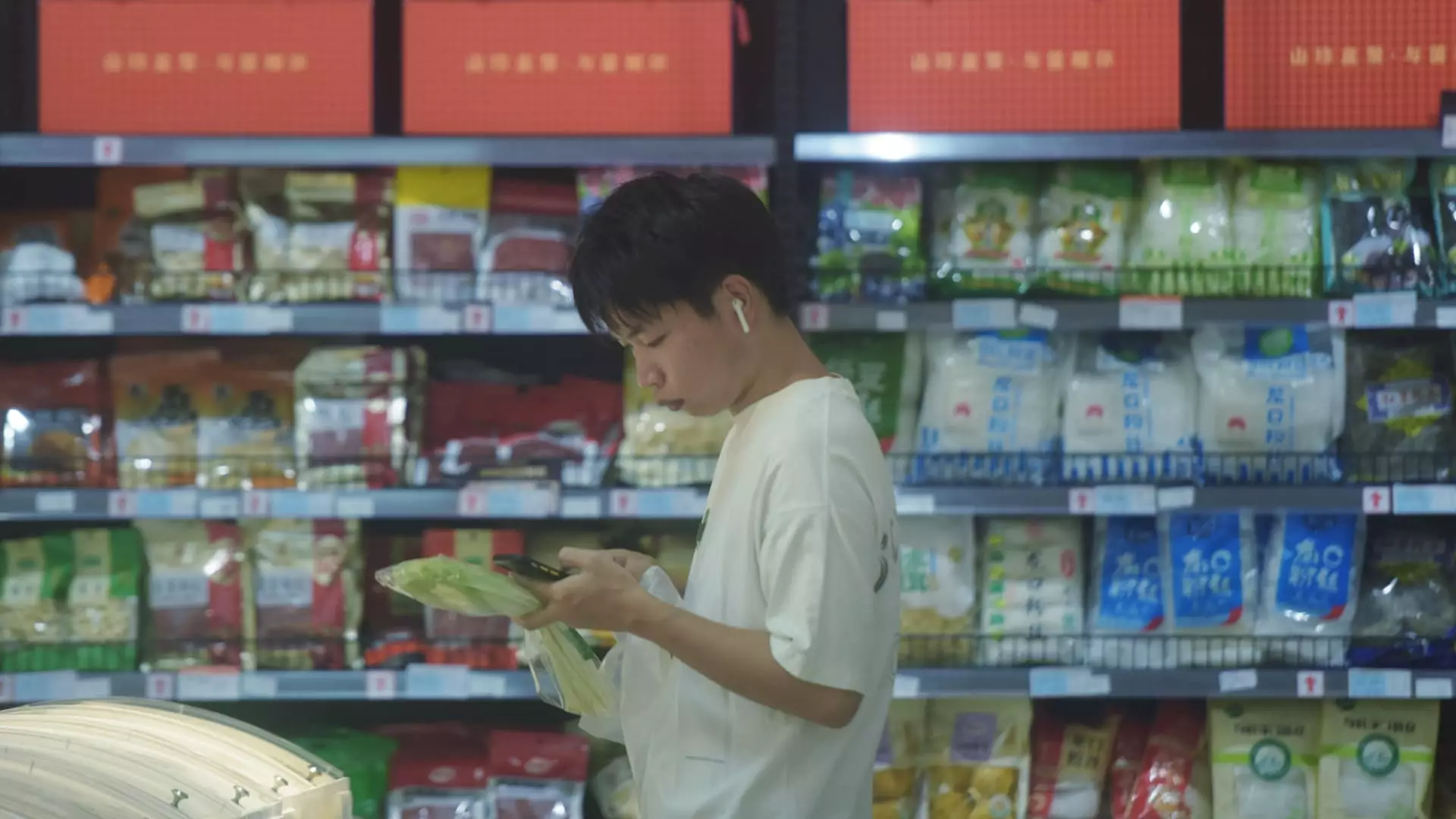Recent data from the National Bureau of Statistics has revealed a concerning trend in China’s economic performance for August 2023. Retail sales, industrial production, and urban investment have all experienced slower-than-anticipated growth. Specifically, retail sales have only increased by 2.1% compared to last year, falling short of economists’ projections of 2.5% growth. This marks a decline from the 2.7% rise recorded in July, showcasing a gradual weakening in consumer spending.
Similarly, industrial production, which serves as a critical indicator of the manufacturing sector’s health, grew by only 4.5%. This figure, too, failed to meet the expected 4.8% growth and was a step down from July’s more robust 5.1% increase. These declines indicate that the post-pandemic economic rebound is losing steam, raising questions about the sustainability of growth in the world’s second-largest economy.
When examining fixed asset investment, which increased by 3.4% over the January to August period, there remains a clear discrepancy from the predicted 3.5% growth. Notably, both infrastructure and manufacturing sectors have witnessed a deceleration in growth rates. The setbacks in fixed asset investment are particularly alarming, especially in the real estate sector, which is witnessing a continued decline, dropping by 10.2% year-over-year.
Unemployment data reveals further challenges, with the urban jobless rate rising slightly from 5.2% in July to 5.3% in August. This increase has been attributed to seasonal factors, particularly the graduation season, but it underscores the broader issue of job creation and stability in the Chinese economy. The youth unemployment rate, hovering at an alarming 17.1%, suggests that recent graduates are struggling to find employment, a disturbing sign for future economic growth.
The statistics bureau has expressed that rising external pressures pose significant obstacles to achieving a sustained economic recovery. The palpable lack of demand within domestic markets is further compounded by disappointing consumption patterns. For instance, imports recorded a mere 0.5% increase in August, indicating weakness in domestic consumption, while exports fared somewhat better at an 8.7% rise.
Moreover, the consumer price index reflects stagnant price levels, achieving only a 0.6% increase, which did not meet analysts’ forecasts. These indicators collectively paint a picture of an economy grappling with stagnation and sluggishness, pushing policymakers into a dilemma. While many analysts are calling for large-scale stimulus measures, the government appears hesitant, perhaps due to concerns over long-term repercussions on debt levels.
As China approaches key public holidays, the current economic landscape indicates a need for critical reflection and strategic planning. The upcoming Mid-Autumn Festival may offer a momentary boost in consumer spending, yet the broader trends underscore the necessity for substantial reforms and proactive measures to rejuvenate demand and employment. Ultimately, while the data presents a cautious picture, the resilience of the Chinese economy will hinge on the government’s ability to navigate these challenges effectively while fostering a conducive environment for growth and stability.

